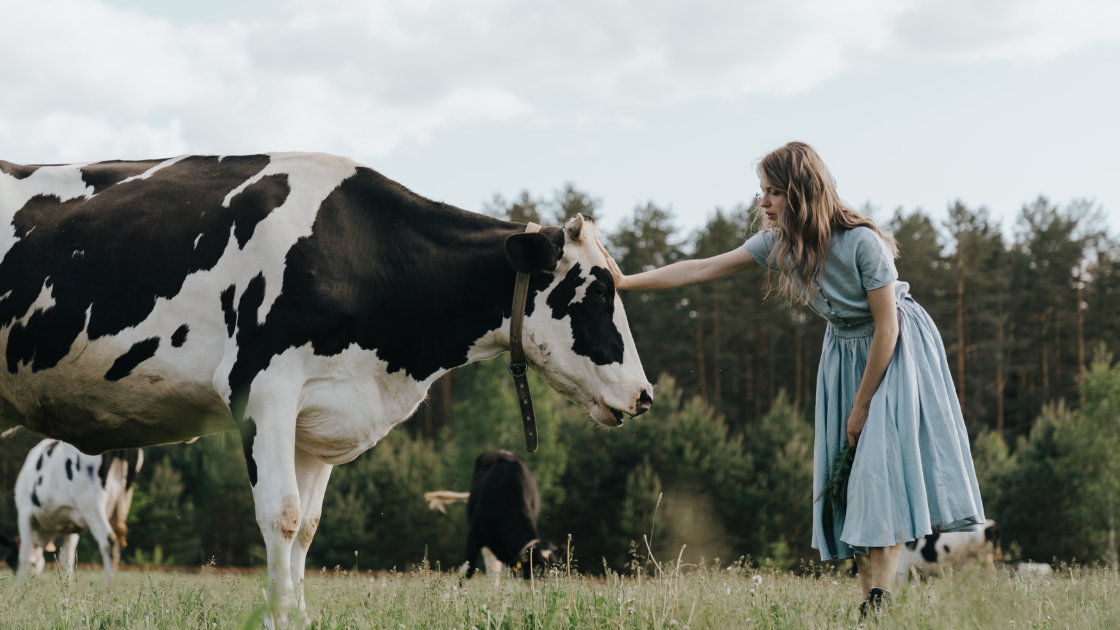Quiet Valley Living Historical Farm primarily uses first person interpretation for its tours and programs. That means all the interpreters, for better or worse, are in a particular time period and relate to someone working on the farm during that time. (In other words, they portray an original family member of the farm or one of their fictional children, cousins, siblings, hired hands, etc.) To clarify my above statement, there are some things that first person interpretation does very well and it is a great way to demonstrate living history by making it engaging and dynamic. Notwithstanding, I am currently struggling with who my character is and the role they play on the farm.
I fall into an age gap where I’m too young to be a direct member of the families who owned the farm – Johan Simon Meyer’s family (1820s) or the Peter Marsh family (1850s). But I’m too old to be any of their children. For a bit of help here is the Quiet Valley Family Tree. To get around this, my character is going to be descended from a sister of Johan Simon Meyer named Catherine. (That solves a couple of problems: 1. I can’t forget any of my character’s matrilineal line because they will all be C/Katherines and 2. if I need to change time periods between 1820s, 1850s, and 1890s, I just add/subtract C/Katherines. So I could be Katherine Zepper Meyer’s daughter, Catherine’s, daughter etc. )
One of the first characters I’m developing is a schoolmarm to help with spring school tours. Again though, I come up with the problem of my age. A woman in her mid to late 20s would traditionally be married during the 1890s. If I was married during the late 1800s, then I legally couldn’t be a schoolmarm in the state of Pennsylvania. That got me thinking about possibly portraying a widow and then I’d be able to speak to a more interesting social trend in my interpretation.
Historically, people were widows or widowers much more often than today. During the late 1800s, there were many social conventions that dictated periods of mourning and rules for widows. Wealthy women would often be in mourning for 2 or more years during which time they didn’t participate in society. They were excluded from shopping or attending weddings, balls, or social functions. For the first year, they wore black often with a veil and then for the second year grays and pale purples. By the third year they could start introducing colors again to their wardrobe.
But what about working women who couldn’t afford to buy new clothes for mourning and still needed to work? Often these women would remarry after they were widowed, particularly if there were young children. If the children were older and she could be financially independent, the widow tended not to remarry. This was because as a widow she was entitled to a wider participation in society than her married counterparts. (Widows could own property and in some states and countries even could vote.) Older women tended not to remarry either. Younger women who didn’t remarry were, at times, viewed poorly by society for not following social conventions. That may be a detail I’ll have to work out but at least I’ve got an idea to begin. So now I have to work on adding a little gray or black to my costume.
